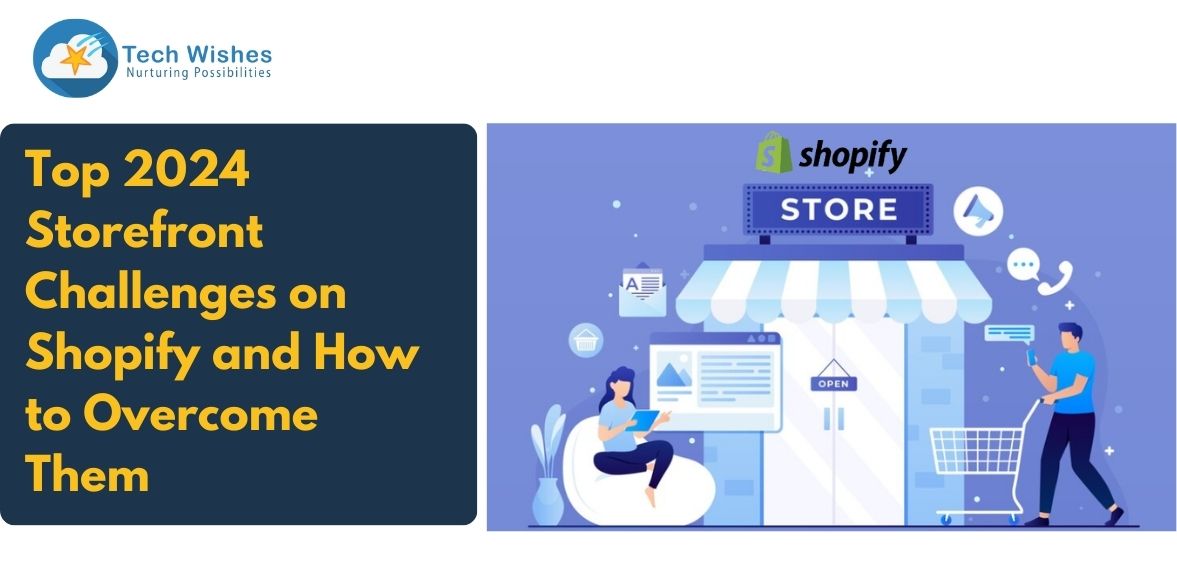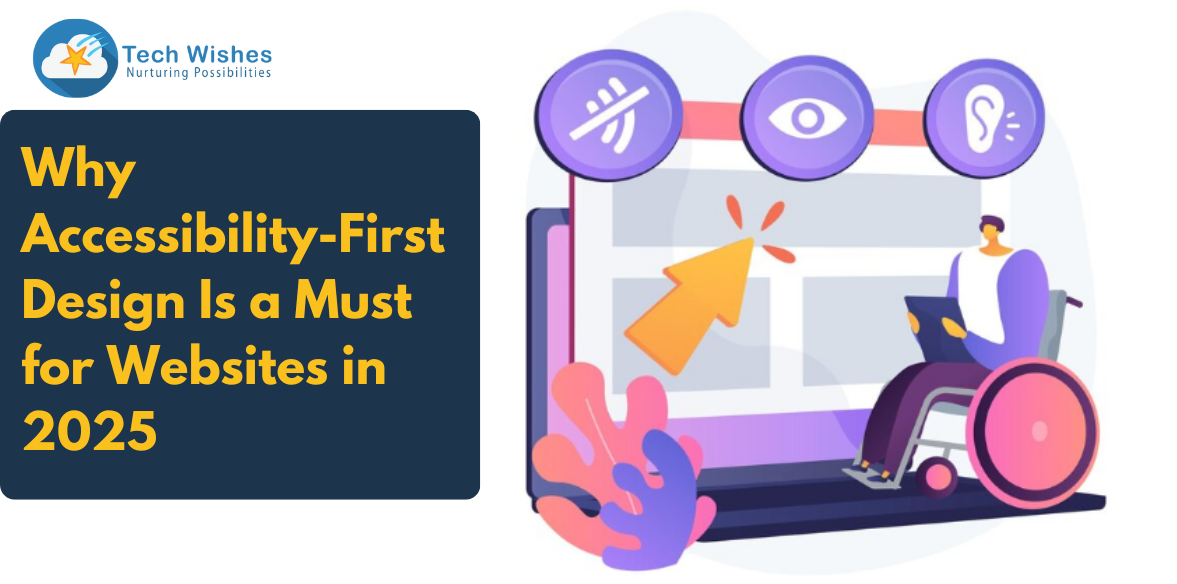As we move into 2024, e-commerce continues to grow at an unprecedented rate, and Shopify remains one of the leading platforms for online businesses. However, with this growth comes new challenges that store owners must face to stay competitive and provide an exceptional shopping experience. From navigating the complexities of SEO to ensuring seamless mobile experiences, these challenges can impact your store’s performance and bottom line.
In this article, we’ll explore the top storefront challenges on Shopify in 2024 and our Shopify Experts in Kolkata will offer practical solutions to overcome them, helping your business thrive in the competitive digital landscape.
Challenge 1: Navigating Shopify SEO Complexities
The Problem:
Search engine optimization (SEO) is crucial for driving organic traffic to your Shopify store. However, as search algorithms become more sophisticated, keeping up with SEO best practices can be challenging. Many store owners struggle with optimising product pages, managing meta tags, and ensuring that their content is both user-friendly and search-engine friendly.
The Solution:
To overcome SEO challenges, SEO experts in Kolkata suggest to focus on the following strategies:
Keyword Research: Use tools like Google Keyword Planner or Ahrefs to identify relevant keywords for your niche. Incorporate these keywords naturally into your product descriptions, meta titles, and blog content.
Optimise Product Pages: Ensure that each product page is fully optimised with unique descriptions, high-quality images, and alt text. Pay attention to page load times and mobile responsiveness, as these factors also impact SEO.
Content Marketing: Regularly update your store’s blog with valuable content that targets your audience’s pain points. This not only improves SEO but also positions your brand as an authority in your industry.
Technical SEO: Make sure your Shopify store’s sitemap is correctly configured and submitted to search engines. Use tools like Google Search Console to monitor your site’s performance and fix any crawl errors.
Challenge 2: Ensuring a Seamless Mobile Shopping Experience
The Problem:
With mobile commerce on the rise, ensuring a seamless shopping experience on smartphones and tablets is more important than ever. However, many Shopify stores still struggle with mobile optimization, leading to slow load times, poor navigation, and lower conversion rates.
The Solution:
To enhance the mobile shopping experience our Shopify front end Developers in Kolkata suggest:
Responsive Design: Choose a Shopify theme that is fully responsive, meaning it automatically adjusts to different screen sizes. This ensures your store looks great on any device.
Mobile Optimization: Compress images, minimise code, and leverage browser caching to reduce load times on mobile devices. Consider using AMP (Accelerated Mobile Pages) to further enhance mobile performance.
Simplified Navigation: Streamline your mobile site’s navigation by using clear, concise menus and ensuring that important features like the search bar and shopping cart are easily accessible.
Test and Optimise: Regularly test your mobile site’s performance using tools like Google’s Mobile-Friendly Test. Identify any areas for improvement and make the necessary adjustments to enhance user experience.
Challenge 3: Managing High Cart Abandonment Rates
The Problem:
Shopify e-commerce developers in Kolkata say that cart abandonment is a persistent issue for e-commerce stores, with customers often leaving items in their cart without completing the purchase. In 2024, this challenge remains significant as consumers become more discerning and expect a frictionless checkout process.
The Solution:
Reduce cart abandonment rates by implementing these strategies:
Streamline Checkout Process: Simplify the checkout process by reducing the number of steps required to complete a purchase. Offer guest checkout options to avoid forcing users to create an account.
Transparent Shipping Costs: Provide clear information about shipping costs early in the shopping process. Unexpected costs are a major reason for cart abandonment, so being upfront about them can help retain customers.
Retargeting Campaigns: Use retargeting ads and email campaigns to remind customers of the items left in their carts. Offer incentives like discounts or free shipping to encourage them to complete the purchase.
Exit-Intent Popups: Implement exit-intent popups that trigger when a customer is about to leave your site. These can offer last-minute discounts or highlight the urgency of purchasing items in their cart.
Challenge 4: Personalising the Customer Experience
The Problem:
In 2024, consumers expect a personalised shopping experience tailored to their preferences and behaviour. However, many Shopify store owners find it difficult to implement effective personalization strategies, leading to missed opportunities for engagement and sales.
The Solution:
Our Shopify developer company in Kolkata can help personalise the customer experience by leveraging these tactics:
Product Recommendations: Use AI-powered tools to provide personalised product recommendations based on customers’ browsing history and past purchases. This can increase average order value and encourage repeat purchases.
Segmented Email Campaigns: Segment your email list based on customer behaviour, preferences, and purchase history. Send targeted emails with personalised offers and content that resonates with each segment.
Customised Landing Pages: Create custom landing pages for different customer segments, featuring products and content that are most relevant to their needs.
Loyalty Programs: Implement loyalty programs that reward customers for their purchases and engagement with your brand. Personalise the rewards based on their shopping habits to increase customer retention.
At Tech Wishes Solutions, a Shopify e-commerce development company in Kolkata we’re committed to helping Shopify store owners overcome these hurdles with expert guidance and tailored solutions. Stay ahead of the competition by tackling these challenges head-on and watch your business grow in the ever-evolving e-commerce landscape.




